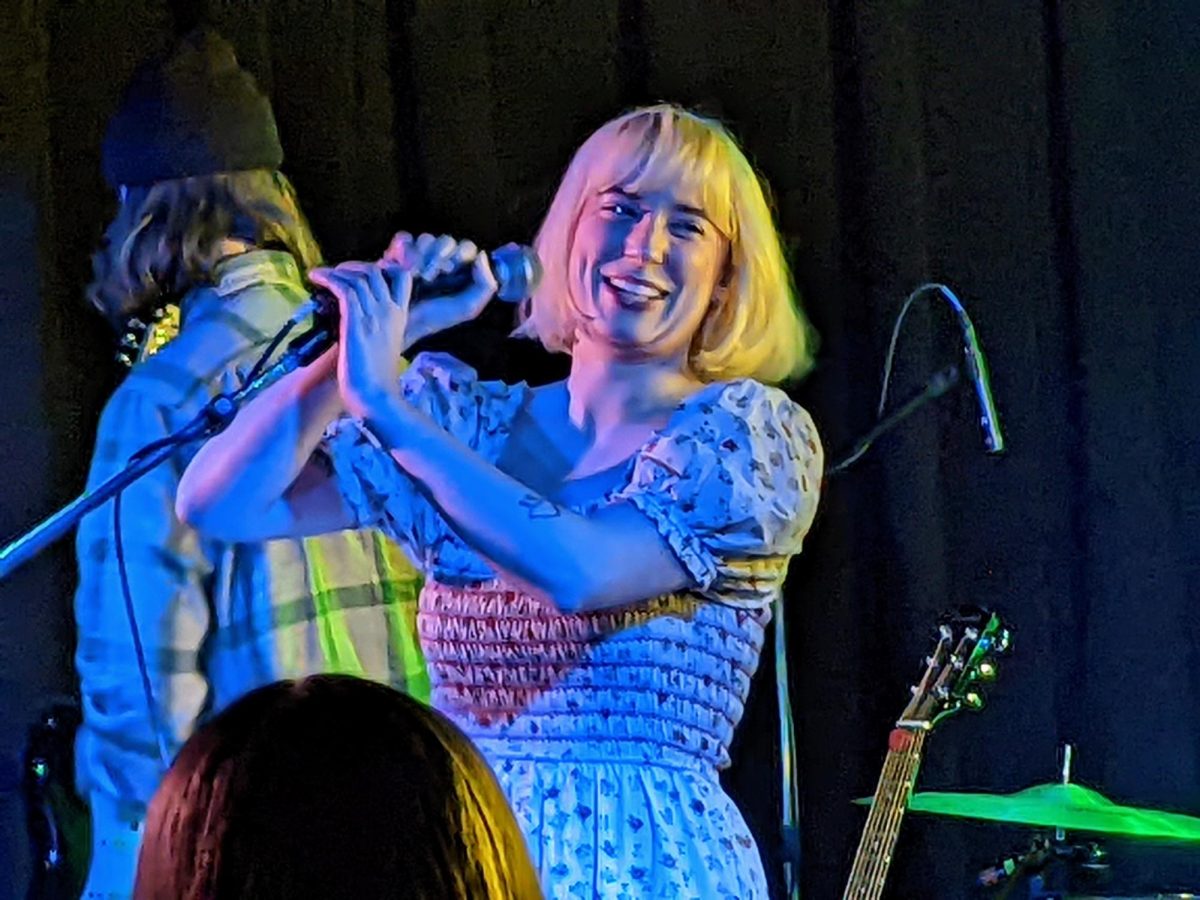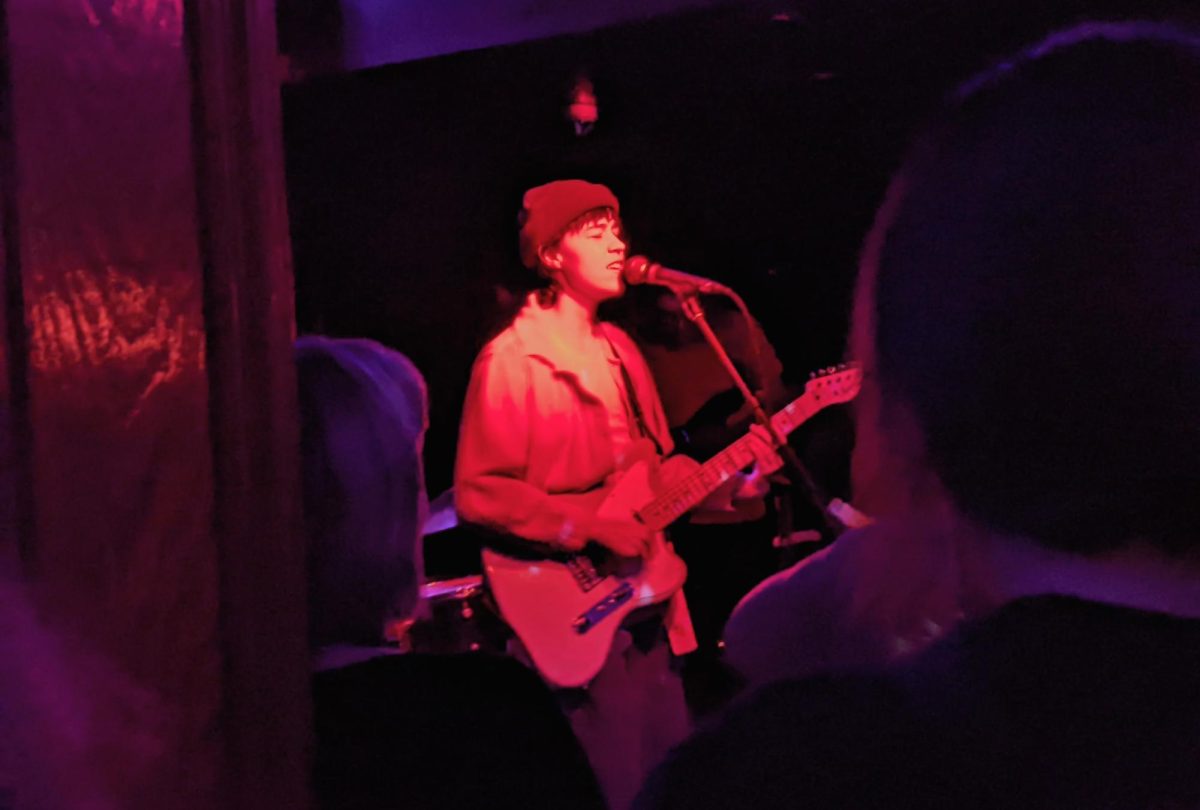Back when some of you were still watching “Sesame Street” and thought the opposite sex was gross, a group of young men put together a magazine that, though born of humble roots, would change the face of American youth culture forever. The magazine, ego trip, only ran for about 12 issues over four years, but in that brief span it managed to rethink the rules for talking about race. It is fitting, therefore, that the magazine’s creators are coming to the Walker Art Center next week to repeat the trick. Armed with their latest sensory-explosion of a book “ego trip’s Big Book of Racism!” the fellas who started a minor media revolution are set to blow minds in person.
First, a history lesson: In 1994 a couple of hip-hop fans got together, realized they could write about hip-hop in a way that other people might want to read, and pow! ego trip magazine was born. Sacha Jenkins and Elliot Wilson envisioned more than just another music mag; they saw a venue in which everything that could not be said in the mainstream would take center stage, and not just in regard to hip-hop. Everything that major publications like The Source and Vibe and even less specifically hip-hop oriented publications such as Rolling Stone and Spin were avoiding was fair game. Chairman Jefferson Mao joined the crew, and the group took aim at the corporate media, particularly the lack of discussion about race, racism and issues associated with the day-to-day struggles of being a nonwhite American.
The magazine died in 1998, but just as it went with Obi-Wan Kenobi, what was stricken down appears to have become a force more powerful than anyone could have imagined. After the demise of ego trip the magazine, ego trip the media powerhouse began to take shape. In 1999 St. Martin’s Press released “ego trip’s Book of Rap Lists,” a popular guide to everything hip-hop, presented in their now familiar sarcastic and uncompromising language.
The book was a hit, and lead to 2002’s “Big Book of Racism!,” a barrage of information that hits like a ton of angry, funny bricks. Punk rock and hip-hop merge into an aesthetic and linguistic free-for-all the likes of which might not have been printed before or since.
Here we find one of the less talked about, more interesting messages of the book and this project. To some extent, youth are youth, and when youth realize things are tough, not to mention totally out of whack in terms of race in the United States, youth get pissed. Thus hip-hop, punk rock, and a youth culture that manifests in any form managing to dodge the mainstream either by morphing and reinventing, evolving, rejecting, spawning, creating or in any other way provoking young people from any number of disparate backgrounds to rise against “the system.”
If you think you’re a hip-hop know-it-all, a cultural critic par excellence or just a smarty-pants, you’d better pack your attitude and expect to be schooled to some degree, regardless of what you think you know. These guys are the cultural equivalent of a juicing machine, extracting everything that you missed about why anything, from the Dead Kennedys and Slayer to Howard Cosell to the token ethnic characters on your mom’s favorite sitcoms, are racially relevant and need to be discussed.
As with everything these guys do, this book is chock full of awesome lists (“conSPICuous: 16 words and phrases that sound racial/ethnic but aren’t,” includes chigger, niggle and spigot. The “mella yella fellas: one dozen light-skinned men who aren’t angry” list includes Cuba Gooding Jr., Kid (of Kid ‘N Play) and Will Smith, and “who are the black Muppets?,” which claims that Big Bird is a Vietnamese drag queen, Bert and Ernie are Dominican and Puerto Rican, respectively, and Dr. Bunsen Honeydew’s real name is “Dr. Hoon Yee Du Bun-San, his ethnic makeup is a pan-Asian delight: part Korean, part Japanese, part Vietnamese, part Chinese, part Guyanese and part Mayonnaise”). But it’s not all jokes and the humor is a stealthy vehicle for the message: “Stop being so damn squirmy, buck up and talk about race!” It’s the United States’ dirty little secret that’s neither little nor secret, but it’s really dirty and if we don’t start having a discussion, it’s only going to get worse.
Next Thursday the squeamish should show up and see just how necessary the discussion is, and that they, too, can play a part in talking about, understanding and undoing the damage of the United States’ long and disgraceful racist history. Read up and show up because it’s gonna blow up.







